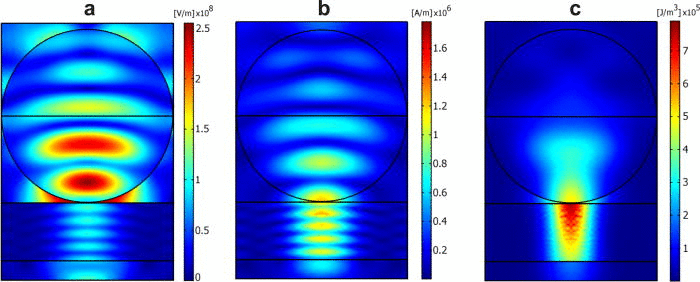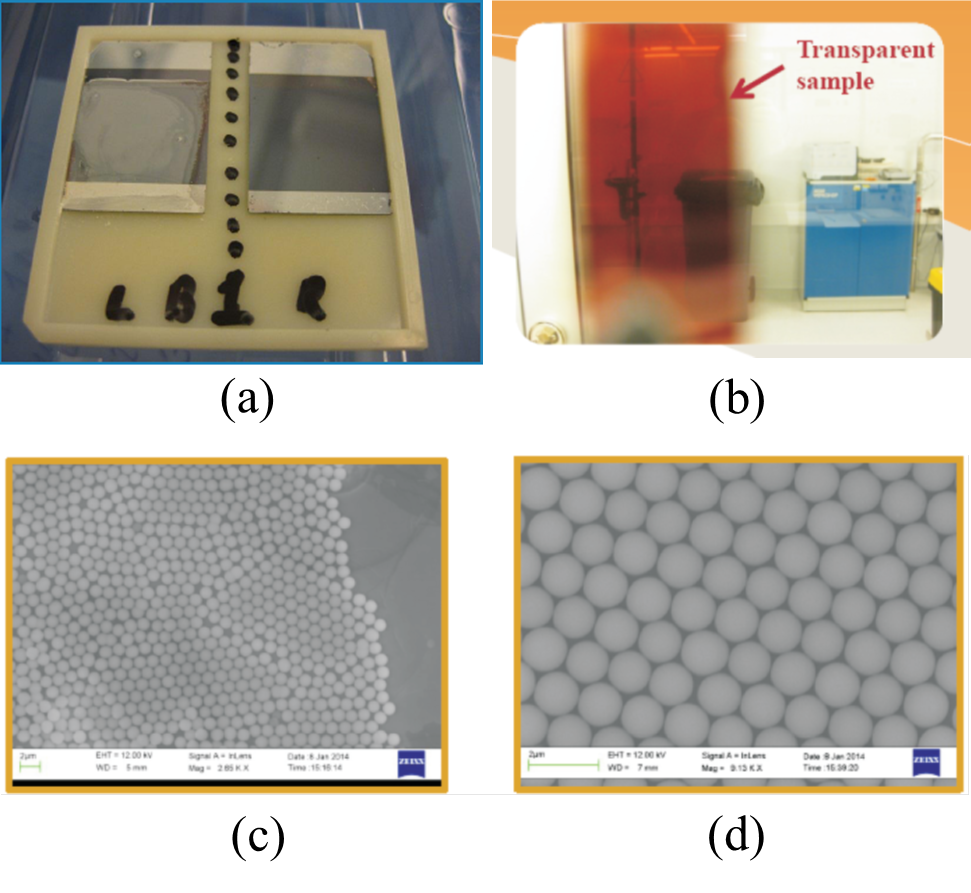
Thin-film solar cells enhanced by micron and submicron spherical lenses
The simple array of small transparent spheres focusing the light into the photovoltaic medium sometimes operates better than an antireflecting coating and plasmonic light-trapping structures. The simplicity and frequency stability of this light-trapping structure makes it very promising for thin-film solar cells. This work is supported by the ongoing EffiNano project of the ELEC School.

Main publications
- C.R. Simovski, A.S. Shalin, P.M. Voroshilov, and P.A. Belov, Photovoltaic absorption enhancement of thin-film solar cells by non-resonant beam collimation in submicron dielectric particles, J. Appl. Phys., vol. 114, 103104(1-8), 2013.